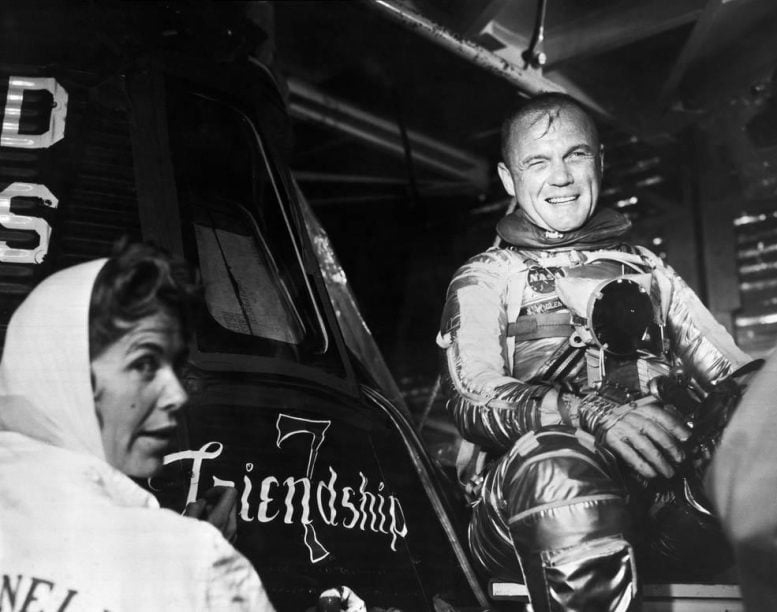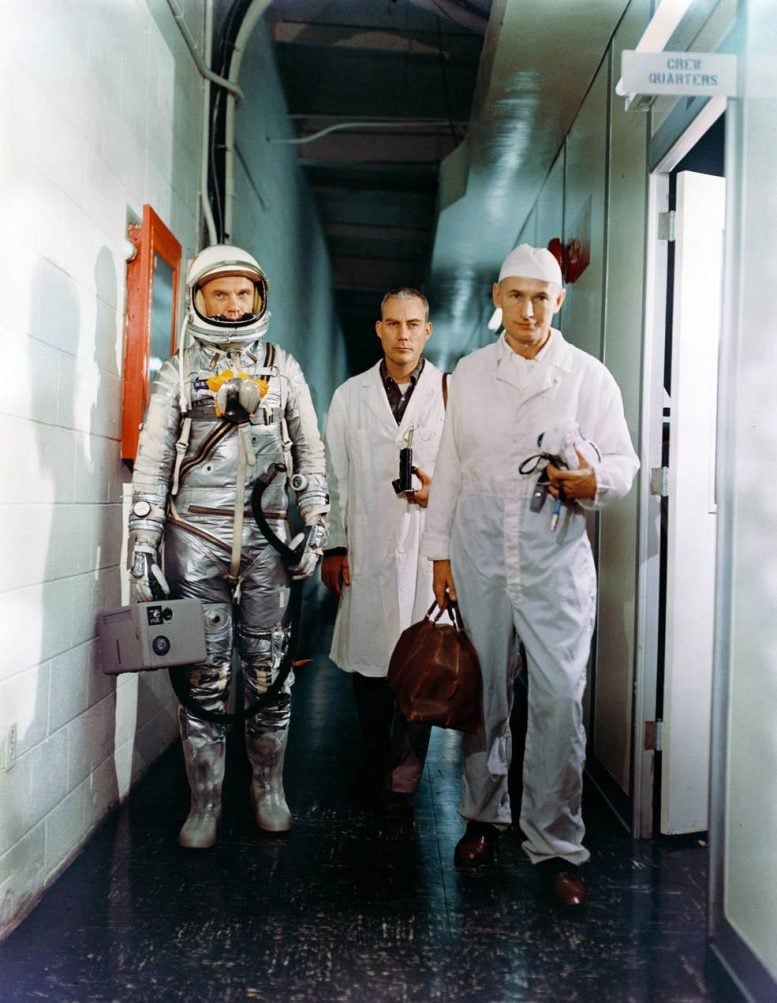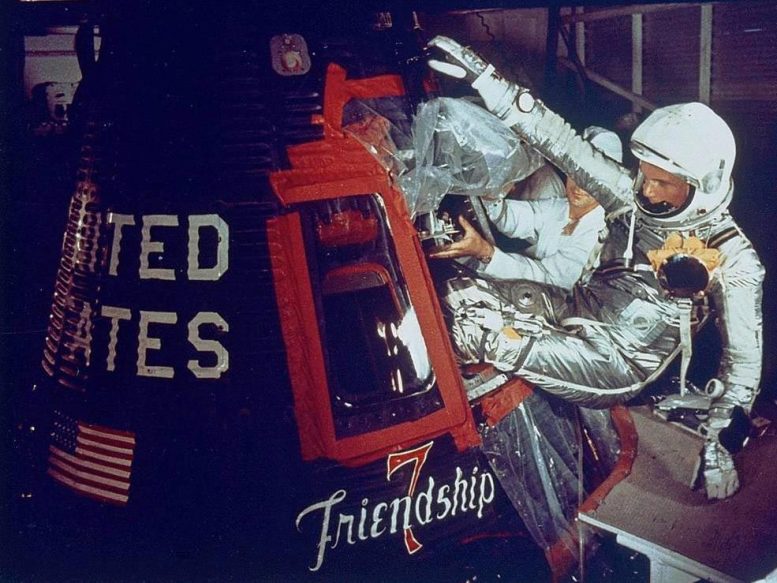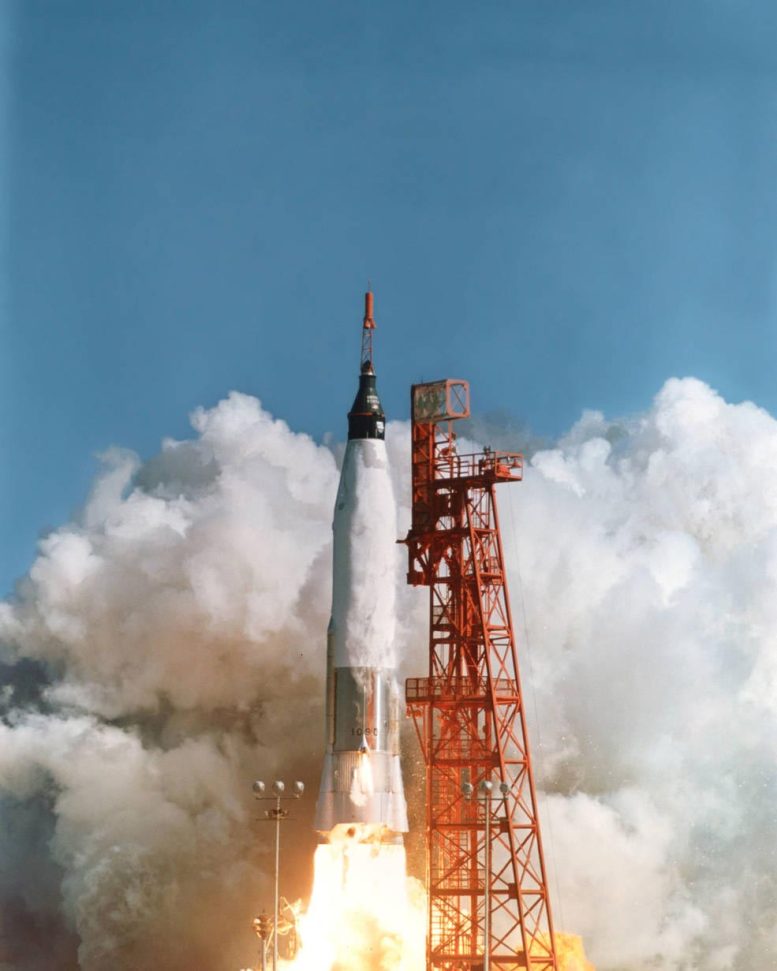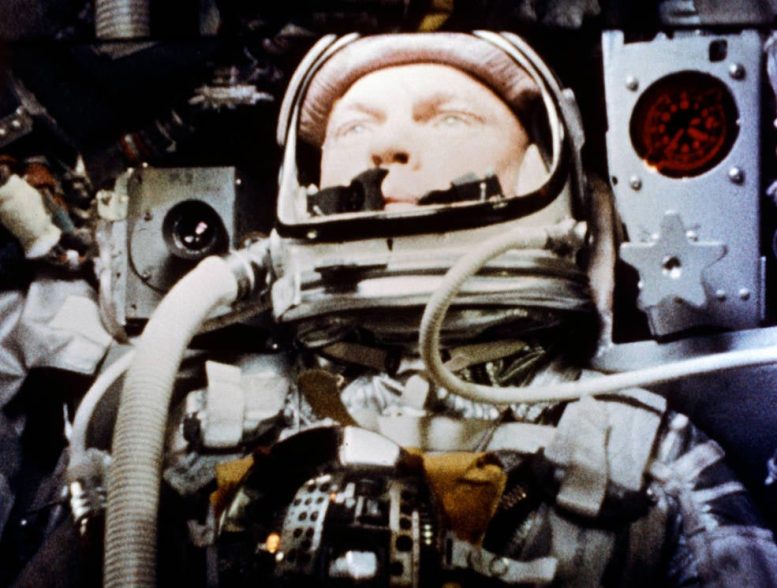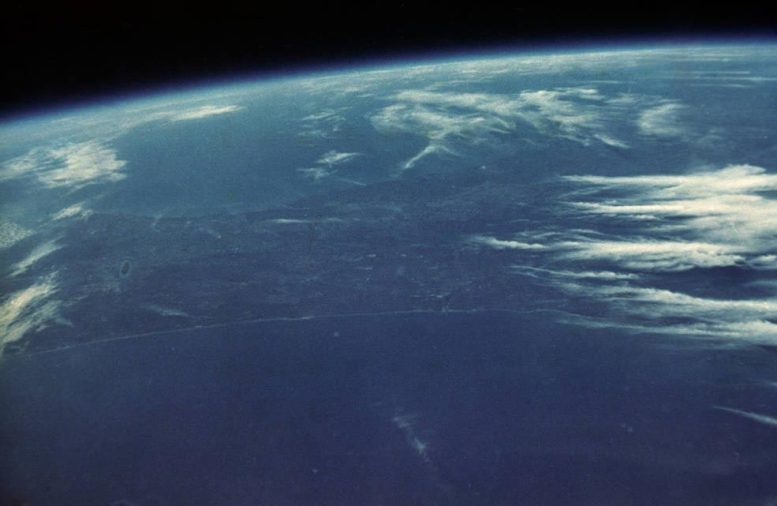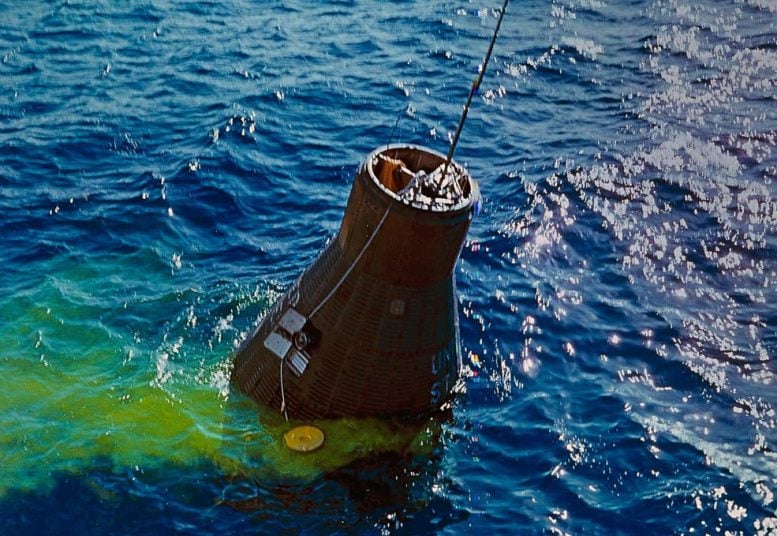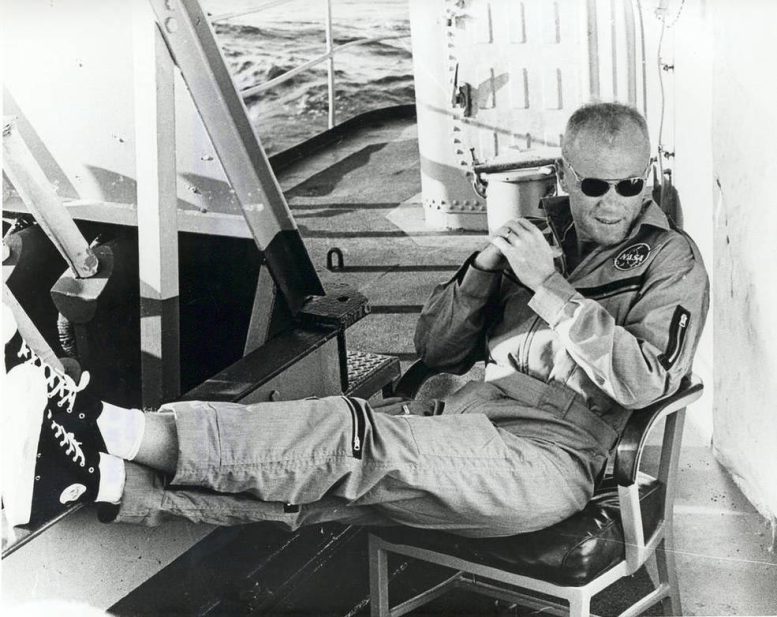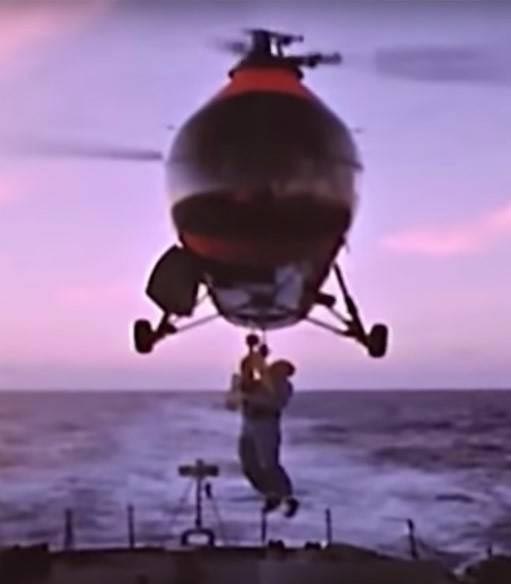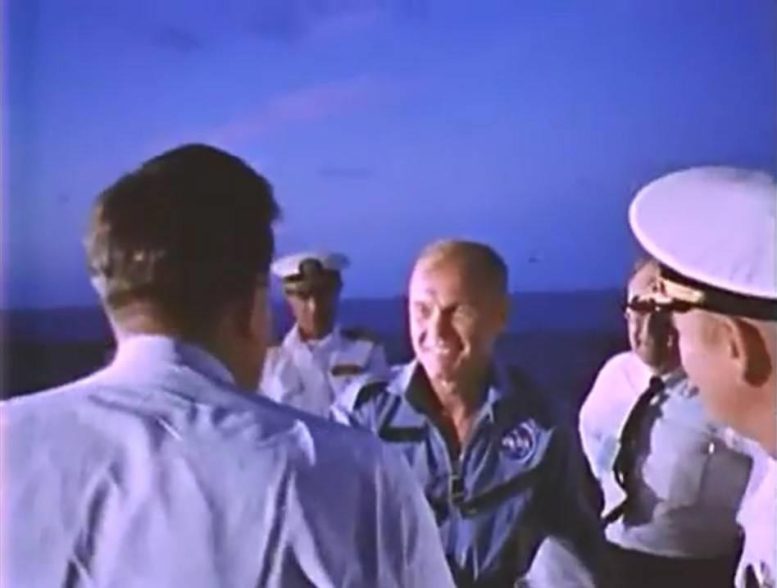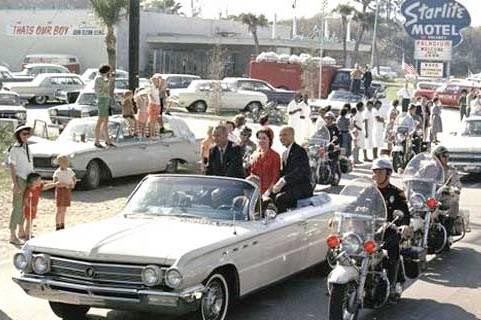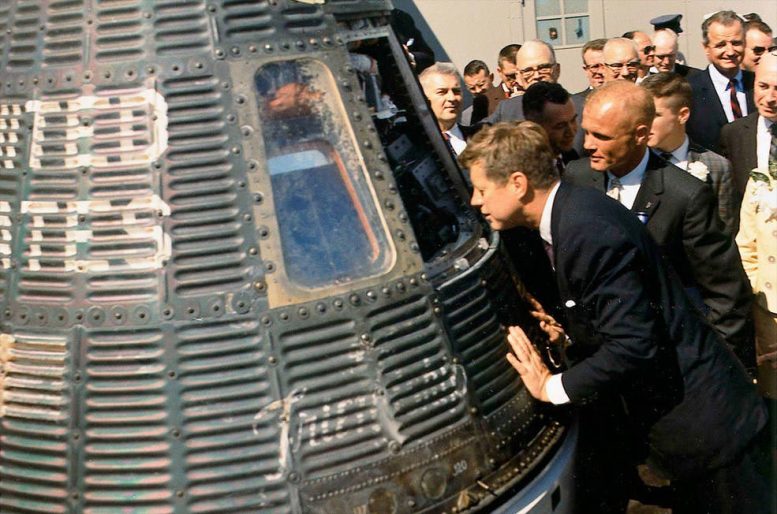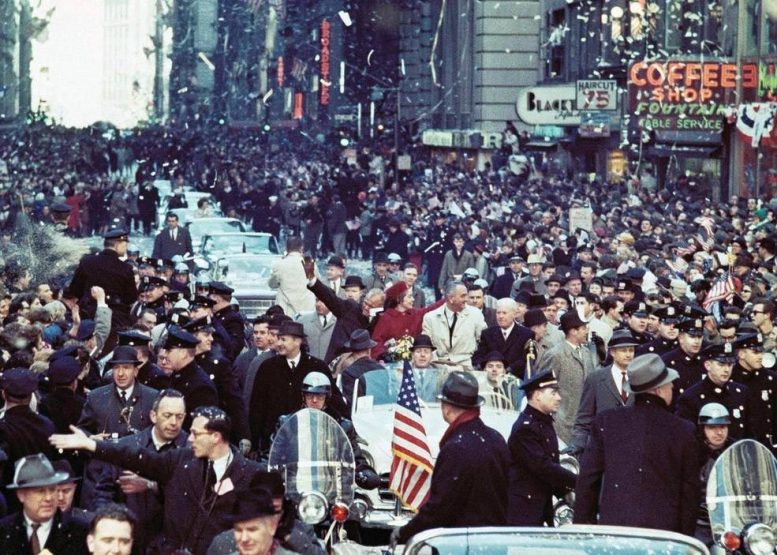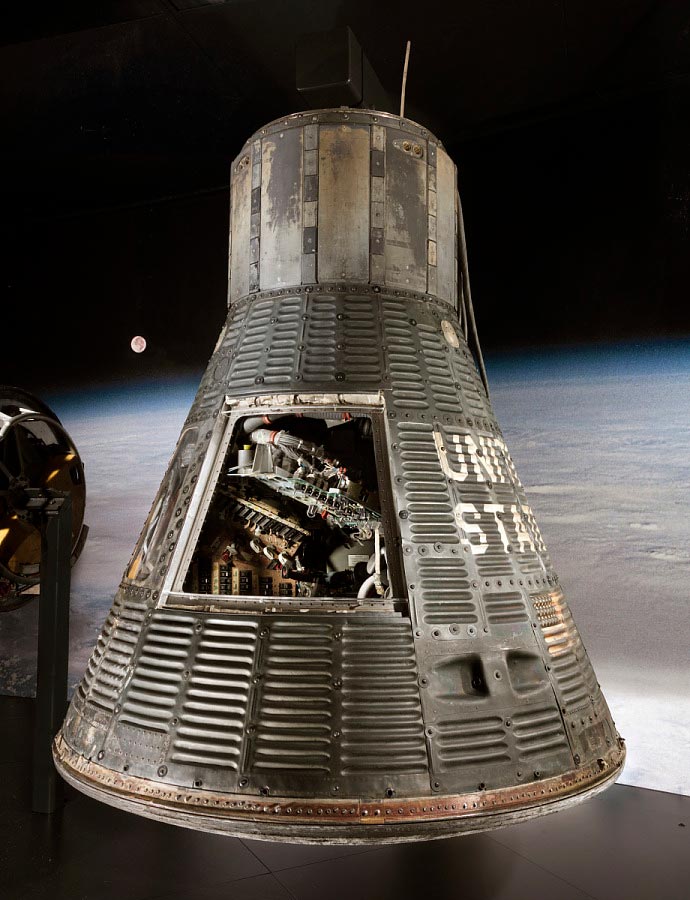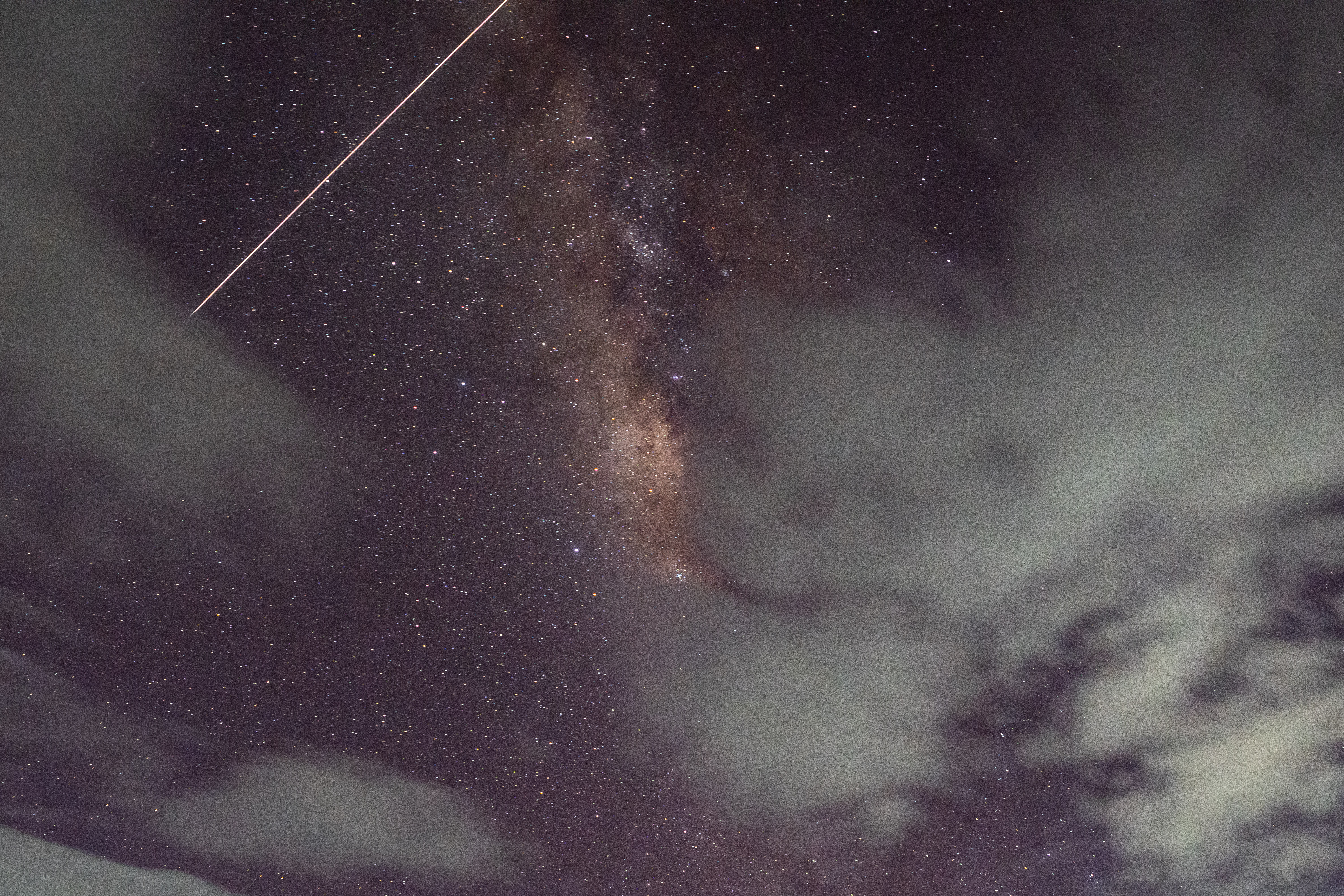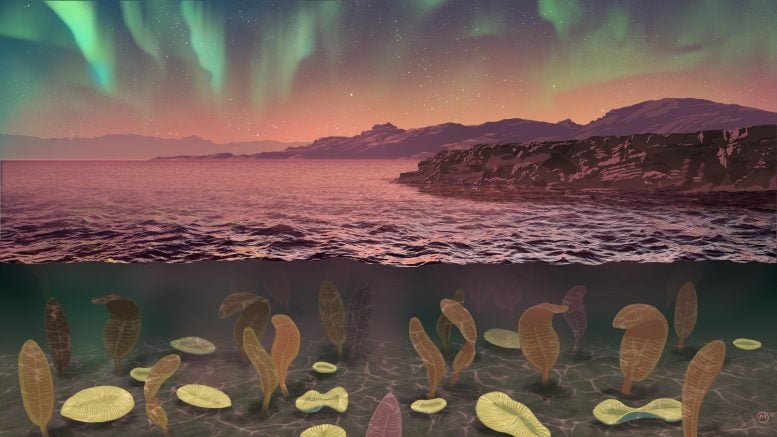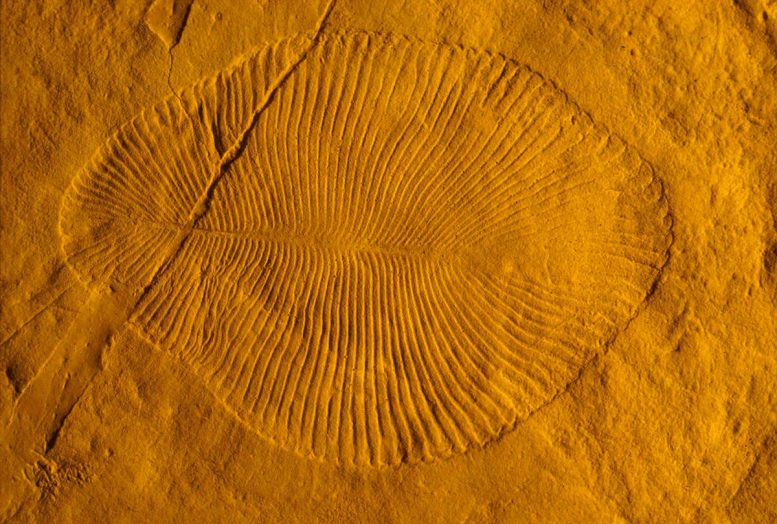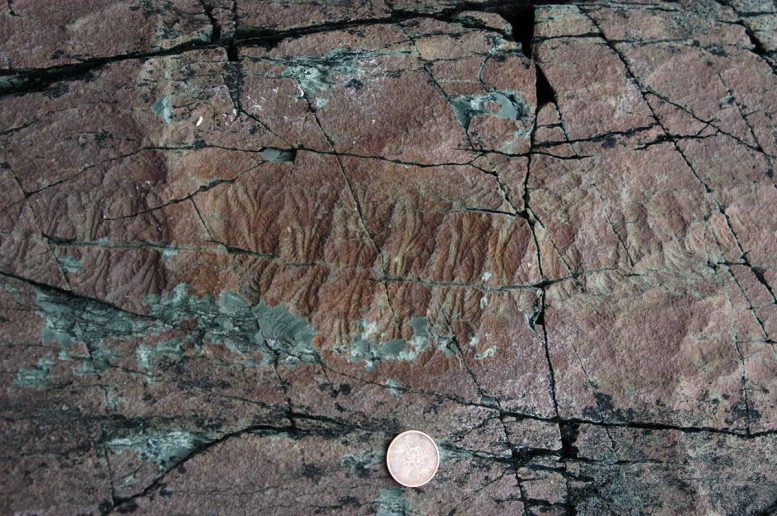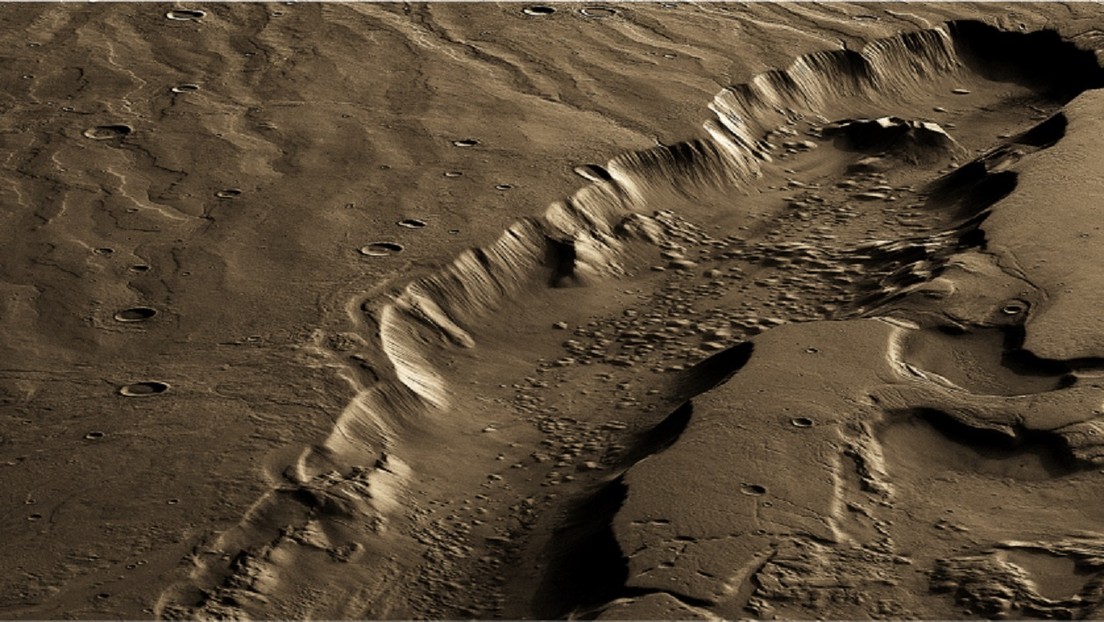Si el clima está despejado esta noche, lo invitamos a salir y mirar hacia arriba en cualquier momento, una o dos horas después del atardecer.
Si tiene la suerte de estar ubicado lejos de luces brillantes, tome un sillón largo o un sillón y póngase cómodo. Una vez que tus ojos se hayan adaptado completamente a la oscuridad, podrás contar varios cientos de estrellas de distintos grados de brillo.
Pero también podrás ver otros lugares interesantes, incluido el objeto más grande y brillante que actualmente orbita la Tierra: la Estación Espacial Internacional.
Relacionado: Seguimiento de la ISS: cómo y dónde verla
Quizás detectes un intruso extraterrestre; un repentino rayo de luz, que no dura más de uno o dos segundos como máximo y que posiblemente deja un breve rastro brillante a su paso.
Los astrónomos antiguos creían que esa visión era la de una estrella cayendo desde su posición fija en el cielo. Hoy en día los llamamos meteoros, aunque los términos «estrella fugaz» y «estrella fugaz» todavía se utilizan ampliamente. Estos objetos suelen ser partículas no mayores que un guijarro o un grano de arena, que chocan contra nuestra atmósfera superior a altas velocidades de hasta 45 millas (72 km) por segundo; su energía cinética se convierte casi instantáneamente en luz, creando el efecto de una estrella fugaz. La mayoría de los meteoros aparecen por primera vez a una altitud de 130 km (80 millas) y desaparecen aproximadamente un segundo después, quizás 65 km (40 millas).
Luego hay otro grupo de intrusos que nos acompaña desde el inicio de la era espacial, hace 67 años: los satélites artificiales.
A diferencia de los meteoros, son mucho más grandes: de hecho, son estructuras artificiales que rodean nuestra Tierra y navegan en órbita alrededor de nuestro planeta a una velocidad media de «sólo» 8 km por segundo.
Quizás la mejor descripción visual de un satélite fue la del fallecido veterano observador de satélites británico Desmond King-Hele (1927-2019). En su excelente libro, «Observación de satélites terrestres» (Van Nostrand Reinhold Company, 1983), escribe: “Un satélite es como una estrella que ha perdido los sentidos y ha decidido alejarse a otra parte del cielo. »
Los satélites son visibles de noche porque sus pieles metálicas están iluminadas por el sol. Un satélite que entra en la sombra de la Tierra desaparece inmediatamente de la vista y continúa un camino invisible hasta que reaparece a la luz del sol.
¿Cuánto cuesta?
En este momento, hay muchas posibilidades de que si sales y estudias detenidamente el cielo entre 30 minutos y dos horas después del atardecer, o entre dos horas y 30 minutos antes del amanecer, detectes entre 15 y 30 satélites, de brillo variable. desde objetos tan brillantes como las estrellas más brillantes (cero o primera magnitud) hasta objetos moderadamente débiles de alrededor de cuarta magnitud. Esto no debería sorprender demasiado si se considera cuántos objetos rodean actualmente la Tierra.
El primer satélite fue el Sputnik 1, lanzado en octubre de 1957. Desde entonces, alrededor de 9.500 satélites están orbitando la Tierra. La mayoría de ellas son cargas útiles activas, pero también hay 100 millones de piezas de «basura espacial» que varían en tamaño desde 30 pies hasta aproximadamente el tamaño de una pelota de softball, y literalmente millones de otras piezas más pequeñas que, sin embargo, podrían resultar desastrosas si chocan contra otro objeto. en orbita. El Comando Espacial de Estados Unidos en Colorado Springs, Colorado, monitorea continuamente todos los desechos en órbita.
La mayoría de los satélites son demasiado débiles para ser vistos a simple vista. Pero dependiendo de quién los cuente, a simple vista se pueden ver varios cientos o más. Estos son los satélites lo suficientemente grandes (más de 20 pies o 6 metros de largo) y lo suficientemente bajos (de 100 a 400 millas o de 160 a 640 km sobre la Tierra) para ser más fácilmente visibles.
¡El más grande!
Con diferencia, el mayor y más brillante de todos los objetos creados por el hombre que orbitan alrededor de la Tierra es la Estación Espacial Internacional (ISS), que fue ensamblada y mantenida actualmente por Estados Unidos, Rusia, la Agencia Espacial de la Unión Europea, Japón y Canadá. Los paneles solares de la estación tienen 73 metros (240 pies) de ancho, lo que rivaliza con la envergadura de un Boeing 777. La estación en sí tiene 108 metros (357,5 pies) de largo, apenas un metro de la longitud total de un campo de fútbol, incluidas las zonas de anotación. . Pesa 925.335 libras (462,7 toneladas).
Al girar alrededor de la Tierra a una altitud promedio de 260 millas (420 km) y una velocidad de 17,500 millas (28,200 km) por hora, puede parecer que se mueve tan rápido como un avión de pasajeros de gran altitud, y a veces demora hasta seis o siete minutos. para cruzar el cielo. Se puede confundir fácilmente con las luces de los aviones.
Nominalmente aparece blanca con un ligero tinte amarillo y nominalmente su magnitud visual puede alcanzar una magnitud brillante de -1,8 (rivalizando con Sirio, la estrella más brillante del cielo nocturno), aunque en su punto más brillante, a veces puede parecer brillar con una magnitud de -5,6. , Cuál es ¡Dos veces más brillante que el planeta Venus!
Si bien la ISS parece una estrella en movimiento muy brillante a simple vista, aquellos que pudieron apuntar hacia ella con un telescopio pudieron detectar su forma de T mientras se acercaba a través de su campo de visión. De hecho, algunos han conseguido seguir la ISS con su telescopio moviéndola a lo largo de la trayectoria proyectada. Quienes lo han visto bien describen el cuerpo de la estación espacial como de un blanco brillante, mientras que los paneles solares tienen un color rojo cobrizo.
En pocas palabras: si la ISS se mueve a través del cielo, ¡es prácticamente imposible pasarla por alto!
Muchas ventanas de oportunidad
Desde ahora hasta finales de mayo, los norteamericanos tendrán muchas oportunidades de ver la ISS pasar por sus hogares, principalmente debido a circunstancias estacionales. A medida que se acerca el solsticio de verano, el 20 de junio, las horas nocturnas se acortan y el tiempo que un satélite en órbita terrestre baja (como la ISS) puede permanecer iluminado por el sol puede extenderse hasta bien entrada la noche, una situación que nunca podrá alcanzar en otras horas del día. el año.
Dado que la ISS gira alrededor de la Tierra cada 90 minutos en promedio, esto significa que es posible verla no solo en una sola pasada, sino en varias pasadas consecutivas.
En la mayoría de las ubicaciones, hay dos tipos de pases visibles. En un caso, la ISS aparece primero hacia la parte suroeste del cielo y luego se mueve hacia el noreste. Pero en otras ocasiones es posible observar un segundo tipo de paso, con la ISS apareciendo inicialmente hacia la parte noroeste del cielo y desplazándose hacia el sureste.
¡En los casos más extremos, es posible que puedas alcanzar la ISS hasta cuatro o más veces en un solo día!
Caso en cuestión: desde Nueva York, el viernes 10 de mayo, la ISS tardará aproximadamente 3,5 minutos en volar sobre el horizonte norte-noreste de norte-noroeste a noreste a partir de las 2:08 a.m.EDT. Un paso ligeramente más alto, que tomará una trayectoria de noroeste a este-sureste y durará casi 5 minutos, comenzará a las 3:44 a. m. Más tarde, a las 10:01 p. m., comenzará un paso significativamente más alto, más alto, más brillante y más largo en el Oeste. suroeste y terminará casi 7 minutos más tarde en el noreste. En el camino, la ISS ascenderá dos tercios del camino desde el horizonte norte-noroeste hasta el punto directamente encima.
Más tarde en la noche, la ISS realizará un paso mucho más bajo y tardará 2 minutos en moverse de oeste-noroeste a norte-noroeste a partir de las 11:39 p.m. La ISS desaparecerá rápidamente cuando entre en la sombra de la Tierra.
¿Dónde y cuándo deberías mirar?
Entonces, ¿cómo es el horario de visualización en tu ciudad natal? Puede averiguarlo fácilmente visitando uno de los tres sitios web populares:
- Localizar la estacion – Este sitio le dirá cuándo y dónde observar la ISS. Todo lo que tienes que hacer es ingresar tu ciudad o pueblo y luego hacer clic en el punto del mapa para obtener todos los detalles. Incluso puede registrarse para recibir alertas por correo electrónico o mensaje de texto cuando la estación espacial sobrevuele.
- Los cielos arriba de Chris Peat – Este sitio no sólo le proporcionará información de observación de la ISS, sino también de Tianhe-1. Primero debe registrarse, luego puede ingresar su ubicación para generar un horario de visualización.
- Seguimiento satelital en vivo y en tiempo real – Al igual que Heavens Above, puede obtener información de observación de la ISS y Tianhe-1. Una vez que haya iniciado sesión, este sitio proporcionará automáticamente detalles basados en su dirección IP, o puede establecer una ubicación «personalizada».
Las previsiones calculadas con unos días de antelación suelen ser precisas en cuestión de minutos. Sin embargo, pueden cambiar debido a la lenta decadencia de la órbita de la estación espacial y a los aumentos periódicos a mayores altitudes. Busque actualizaciones con frecuencia.
¡Cielos despejados y buena caza!
Joe Rao es instructor y conferenciante invitado en la Universidad de Nueva York. Planetario Hayden. Escribe sobre astronomía durante revisión de historia naturalEL Almanaque de agricultores y otras publicaciones.

